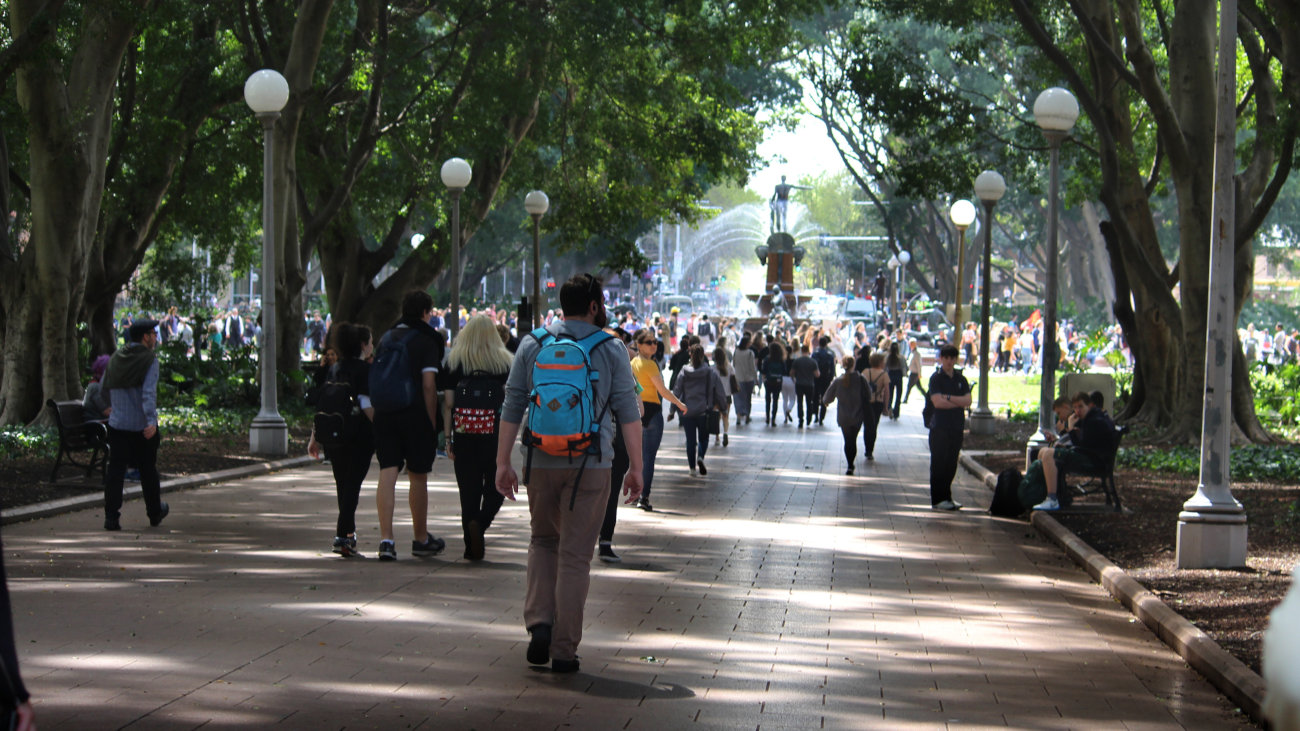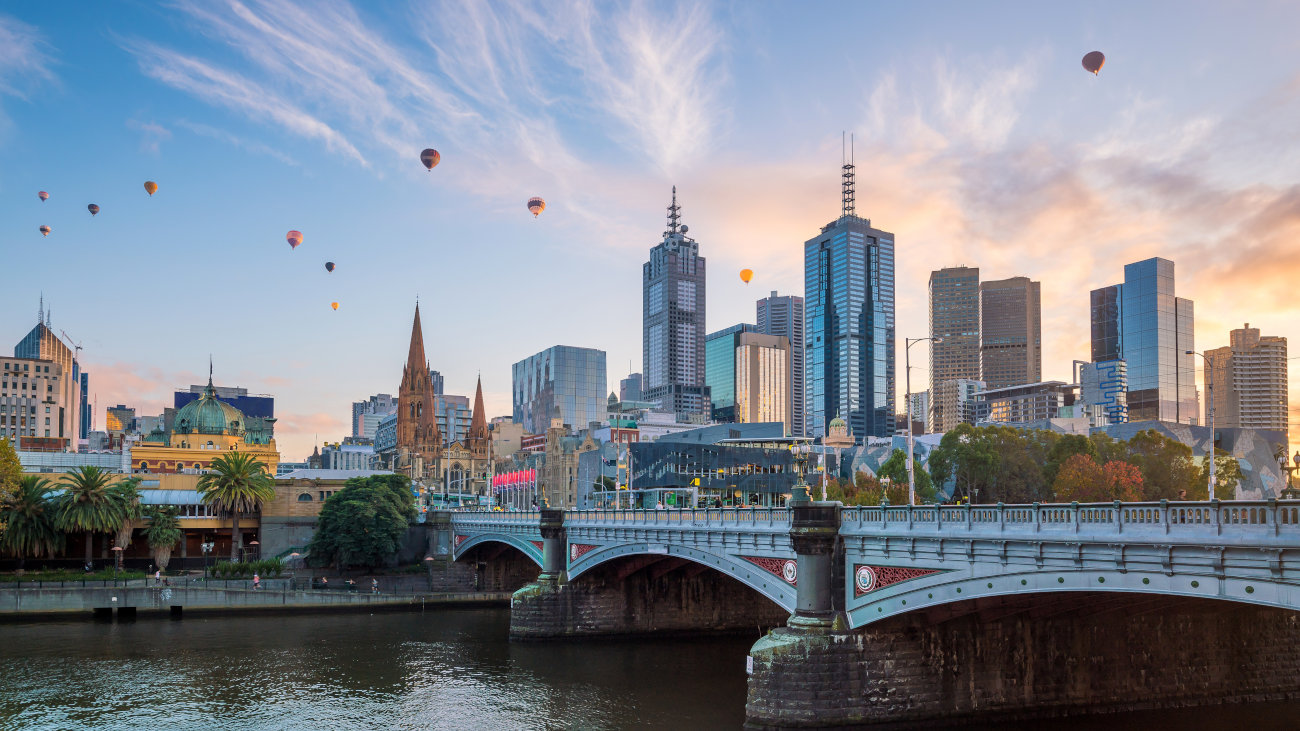The potential of bus rapid transit
BRT offers a fast, flexible, and cost-effective alternative to rail, ideal for Australia’s growing urban population and fiscal constraints
It improves connectivity and equity, especially in underserved areas, while supporting sustainability through electric fleets
Successful implementations in cities like Melbourne and Brisbane show BRT’s scalability and strong return on investment
A dynamic solution for modern public transport networks
Australia is already experiencing significant demographic changes, with more to come. The Australian Bureau of Statistics (ABS) projects that the nation's population will reach up 45.9 million by 2071 from 26 million in 2022. This rapid growth presents a formidable challenge for our public transport systems.

As our urban populations swell, the demand for efficient, reliable and scalable public transport solutions will intensify. However, we are simultaneously grappling with fiscal and operational constraints that impact our ability to deliver major infrastructure projects across all states. This scenario necessitates innovative and flexible approaches to public transport that can adapt to our evolving needs.
Dr Allison Stewart, general manager, Victoria, and Dan Caldwell, general manager, Queensland and transport leader, Asia Pacific, New Zealand and Australia, explore the potential of bus rapid transit as a dynamic and complementary solution for modern public transport networks and strategic investments.
Why bus rapid transit (BRT)?
Bus rapid transit (BRT) emerges as a compelling solution in this context. Defined as a high-capacity urban public-transit system, BRT utilises dedicated bus lanes, priority at traffic signals, and modern vehicles to deliver fast, efficient, and reliable public transportation. It combines the advantages of traditional bus systems and light-rail systems, offering efficiency and amenities while maintaining flexibility and lower costs. BRT is not intended to replace heavy rail systems due to differences in capacity. Instead, it serves as a complementary mode of transport that can enhance our existing and planned public transport networks.
BRT systems provide a quality mass transit solution, operating on exclusive lanes with priority at traffic signals, reducing delays caused by mixed traffic and ensuring a smoother, faster journey for passengers. BRT systems are cost-effective to implement and maintain due to the limited need for additional infrastructure compared to light or heavy rail, making them a viable option amidst fiscal constraints. BRT buses can be equipped with advanced technology and amenities, to offer a comfortable and efficient travel experience, and many are all-electric, advancing governments’ net zero ambitions.

In addition, BRT systems complement traditional bus services, providing community connections through recognition of increased passenger demand, reducing the number of stops on a corridor and maintaining a mass transit corridor. Existing traditional bus services provide a feed to a BRT system, enabling an overall reduction in origin to destination journey times.
Other benefits include:
- Greater connectivity and accessibility: BRT systems are especially useful in communities not served by existing rail networks. By accommodating existing road layouts and integrating with other transportation systems, BRT enhances accessibility and promotes equitable urban development.
- Flexibility for future growth: BRT systems are inherently flexible and scalable in that routes can be updated and are therefore more capable of adapting to incremental growth in our cities and communities. This agility is crucial in responding to dynamic urban demands.
- Uplifting existing networks: through the integration of technology and advanced headway management, BRT can uplift the capability of existing public transport networks, improving overall efficiency and service quality.
- Safety and reliability: increased policy initiatives around safety risk and asset management are essential to ensure the sustainable operation of BRT systems. These initiatives help in maintaining high standards of safety and reliability.
- Cost and time efficiency: BRT systems can be brought to market and become operational more quickly, and create a lower investment than heavy rail projects. This efficiency is vital in addressing immediate transport needs and mitigating congestion.
Insights and learnings
Mott MacDonald has had the privilege of working with many governments around the world who are increasingly looking towards more agile public transport systems like BRT to complement investments in end-to-end rail metro systems. Mott MacDonald has been instrumental in developing various bus rapid transit schemes globally, including the Cambridge Autonomous Metro and South Wales Metro in the UK.
When approaching concept development in Australia, we draw on the learnings and insights from international projects, looking to global exemplar systems to inform our strategies and identify opportunities within Australia.
Opportunity for Australia
In 2023 Infrastructure Victoria released their 'Fast, frequent, fair' report, exploring how buses can better connect Melbourne. Dr. Allison Stewart, formerly deputy CEO at Infrastructure Victoria and now general manager for Victoria at Mott MacDonald, led the development of the report that highlights the need for a more efficient and equitable bus network in Melbourne, particularly in under-serviced outer growth areas.
The report presents recommendations aimed at transforming buses into a preferred mode of transport for all Melburnians. The report includes evidence supporting 10 possible BRT routes for Melbourne, and calls on the Victorian government to plan and deliver bus rapid transit across Melbourne starting in the next 5 years. It estimates that these BRT routes could achieve an estimated 83,000 new boardings per day at an estimated capital cost of $3.4 to $4.0 billion with the potential to return around $2.60 for every dollar invested.

Melbourne’s North East Link project will include Melbourne’s first dedicated busway along the Eastern Freeway. The implementation of 11 km of a dedicated, express bus lane along the Eastern Freeway between Doncaster Road and Hoddle Street will enable travel speeds of up to 100 km/hr and 30% faster travel times for more than 6 million bus trips a year.
In Queensland, the Brisbane Metro project is a successful example of BRT. Mott MacDonald’s involvement began in 2016 when our team was engaged as technical advisor, responsible for the business case and preliminary design development. The original intent was to look at retrofitting the existing busways in Brisbane to a light rail system in response to the extraordinary growth in the busway patronage. However, studies showed that light rail wasn't suitable in this case. Instead, a system using larger, electric buses for main routes was developed, while allowing some existing buses to continue using the busway.
Mott MacDonald has more recently been engaged by Brisbane City Council as the operational readiness and assurance advisor, supporting the cross-agency effort to bring the new Brisbane Metro services into operation. The first services are now running, instilling confidence across all stakeholders.
Key to the project's success has been its phased implementation, repurposing existing busway infrastructure alongside new stop, depot and charging infrastructure to suit the new vehicles. This approach is tailored to population growth and the increasing demand for public transport. The system can incorporate further infrastructure upgrades as needed. The project's success has led to government commitments for additional extensions as part of the Brisbane 2032 Olympic Games Delivery Plan, demonstrating its capacity to expand as communities grow.
The Sunshine Coast is also facing a common public transport challenge seen across Australia: a rapidly growing population in a densifying region, but with low levels of public transport usage.
Since 2023, Mott MacDonald has supported the QLD state government in advocating for BRT as a viable solution, offering an affordable option that requires lower capital investment in infrastructure. The project is now proceeding as part of the B2032 Delivery Plan, as part of public transport investment referred to as The Wave.
Accelerating change through bus rapid transport
As Australia navigates the complexities of urban growth and public transport demands, bus rapid transit offers a promising solution. Its agility, flexibility, and cost-effectiveness make it an ideal complement to our major transport investments. By connecting more communities and uplifting existing networks, BRT can play a pivotal role in shaping a sustainable and efficient public transport future for Australia. In embracing BRT, we are not only addressing the immediate transport challenges but also laying the groundwork for a resilient and adaptable public transport system that can meet the needs of our growing population. The journey ahead requires innovative thinking and collaborative efforts, and BRT stands as a testament to our commitment to delivering world-class public transport solutions for all Australians.
Subscribe for exclusive updates
Receive our expert insights on issues that transform business, increase sustainability and improve lives.


